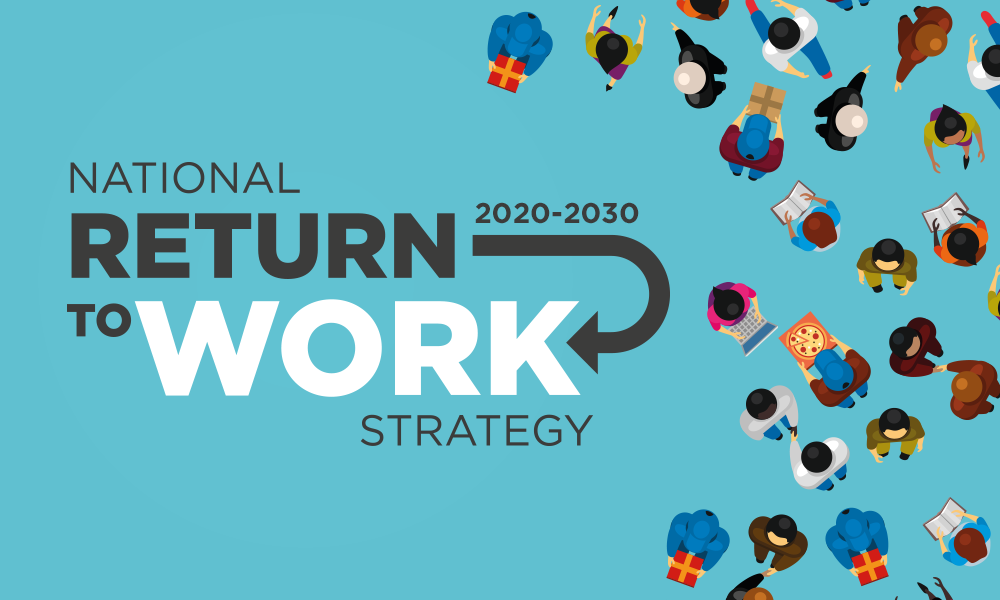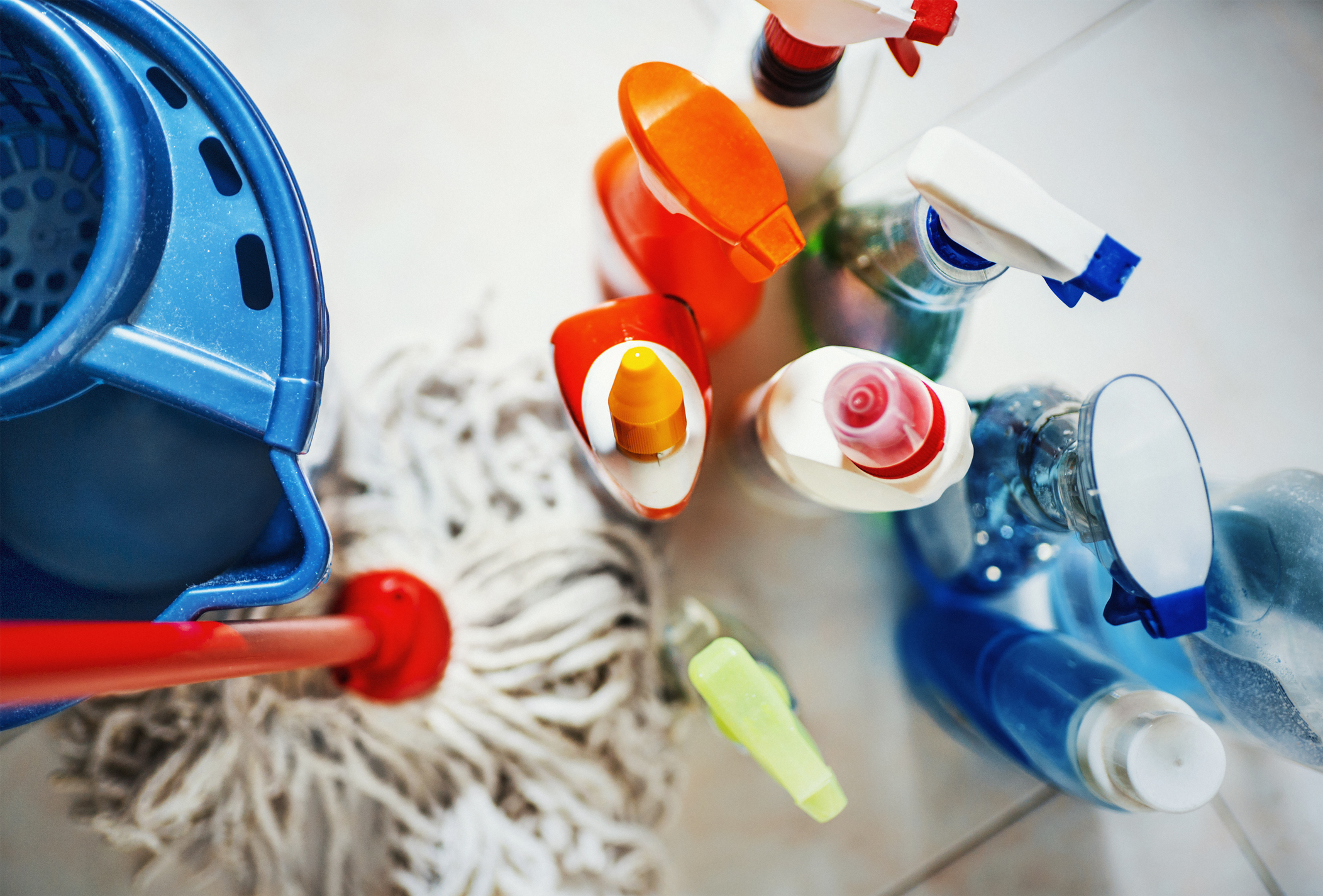
Safe Work Australia has released the Key Work Health and Safety Statistics Australia 2023 report, which reveals a national snapshot of work health and safety in Australia.
The report is a high-level overview of national statistics on work-related fatalities, injuries, and disease.
According to the Key Work Health and Safety Statistics Australia 2023 report, 195 people were fatally injured at work in Australia in 2022, compared with 172 in 2021. Overall, the number and rate of fatalities has been trending downward since 2007.
The report found that body stressing, falls, slips, and trips, and being hit by moving objects are the cause of most work-related injuries in Australia.
It also found work-related mental health conditions are rising, with time off work in these cases more than four times longer than for other injuries.
In 2022, there were 127,800 serious workers’ compensation claims in Australia. The rate of serious workers’ compensation claims was 6.5 serious claims per million hours worked in 2021-22.
The report also found that body stressing was the leading cause of serious workers’ compensation claims (32.6 per cent).
Mental health conditions accounted for 9.2 per cent or 11,700 claims in 2021-22. This figure is substantially higher than 10 years ago, rising from 6.5 per cent of all serious claims in 2011-12 to 9.2 erp cent in 2021-22.
The majority (60.8 per cent) of serious claims were made by men, with men also experiencing a higher claims frequency rate (7.0) compared with women (5.7).
According to the report, accepted serious workers’ compensation claims for COVID-19 increased substantially from the previous year, from 400 in 2020-21 to 9,500 in 2021-22.
It also found that the age group with the lowest frequency rate continued to be workers aged 35-44 years, at 5.4 serious claims per million hours worked.
Safe Work Australia CEO, Michelle Baxter said the report brings together key data that will help inform improved WHS policy and practice to make Australian workplaces safer and heathier.
“While the trends are encouraging, the statistics are still too high. Every work-related fatality is a tragedy, and there’s a lot more work to be done to ensure that everyone gets home safely,” said Baxter.
“We know that work-related fatalities, injuries and disease have a devastating impact on workers and their families.”
Comment below to have your say on this story.
If you have a news story or tip-off, get in touch at info@incleanmag.com.au
Sign up to INCLEAN’s newsletter.




